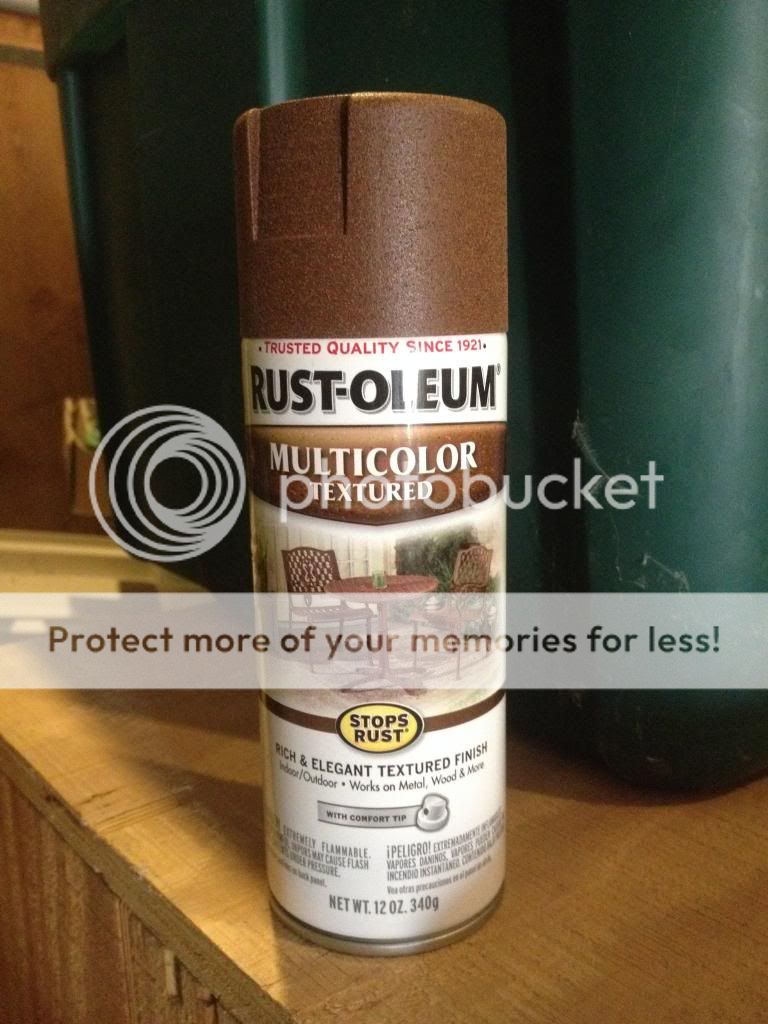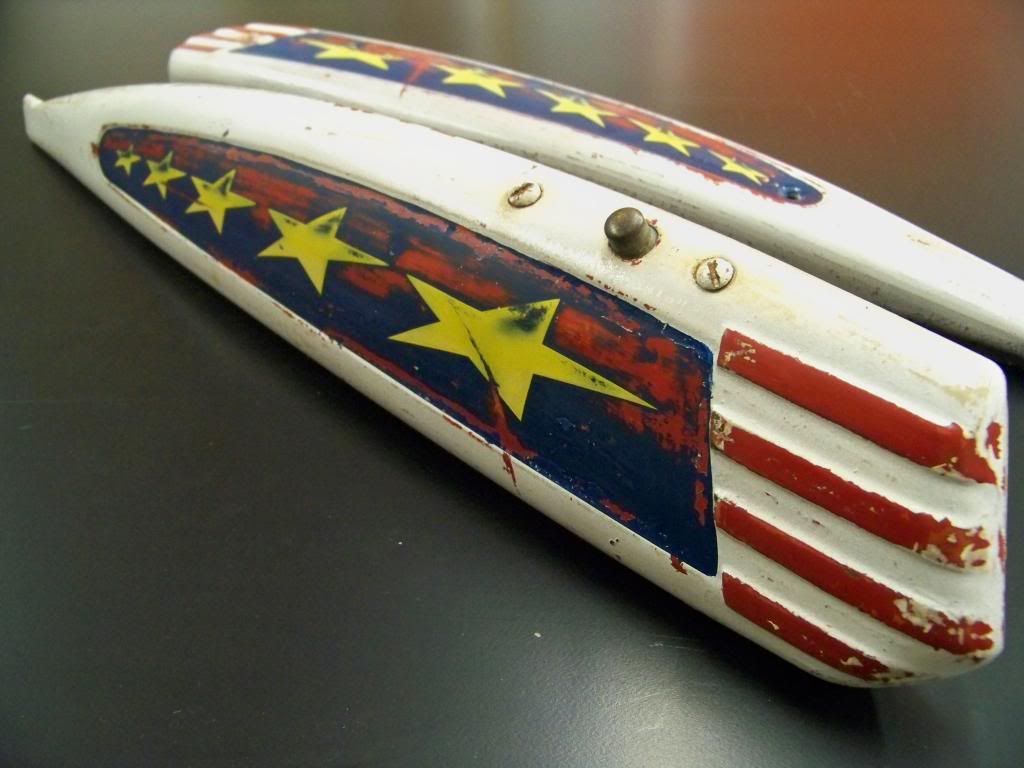You are using an out of date browser. It may not display this or other websites correctly.
You should upgrade or use an alternative browser.
You should upgrade or use an alternative browser.
Faux Patina techniques
- Thread starter veewee25
- Start date

Help Support Rat Rod Bikes Bicycle Forum:
This site may earn a commission from merchant affiliate
links, including eBay, Amazon, and others.
http://www.ratrodbikes.com/forum/viewtopic.php?f=75&t=72926&st=0&sk=t&sd=a&hilit=blackhawk
I like how my Blackhawk came out. Look at the my build thread. Just lots of different primers, paint, and sand away.
I like how my Blackhawk came out. Look at the my build thread. Just lots of different primers, paint, and sand away.
Here's a thread on it viewtopic.php?f=3&t=58626
One way I've tried before is spray the surface being painted in flat black then take a cheap can of red oxide spray paint and stand back a ways and mist the areas you want to look rusty
I started a topic on this in the "Show us your..." section on this hoping people would load it up with awesome examples and tips on technique but there haven't been a lot of contributions yet  I suppose it could still catch on at some point though. Here's the topic: http://www.ratrodbikes.com/forum/viewtopic.php?f=70&t=77537
I suppose it could still catch on at some point though. Here's the topic: http://www.ratrodbikes.com/forum/viewtopic.php?f=70&t=77537
Later,
Later,
Well I tried to do a faux Patina on my army build. In the end it look ok but I was not that happy with it  Well here is the build thread
Well here is the build thread
viewtopic.php?f=21&t=71975
viewtopic.php?f=21&t=71975
I was going to start a thread and then I found this one... So...
Who else has a way they weather a bike, or one they want to try?
I read this one today in a rat rod magazine. Sandblast to bare metal,
acid washed and then stained with oil based wood stain.
I have just the bare metal bike to try it on too.
Carl.
edit: Google Affliction Chevelle
Who else has a way they weather a bike, or one they want to try?
I read this one today in a rat rod magazine. Sandblast to bare metal,
acid washed and then stained with oil based wood stain.
I have just the bare metal bike to try it on too.
Carl.
edit: Google Affliction Chevelle
Last edited:
Here's a thread on it viewtopic.php?f=3&t=58626
I'm with Randy on this one! This stuff is amazing.

If you want to speed up the rust on bare metal, I have some options for that as well.
I've also weathered model railroad boxcars and buildings with colored chalks and set with clear satin spray. I don't see why this wouldn't work either. Really good for nooks and crannys... or small textured parts.
Carl.
Carl.
one of the recent build-off bikes had a wood tank that looked like rusted sheet metal. Can't remember how he did it. It was impressive.
The Renaissance Man
__CERTIFIED DIVER__ (Open Water & Open Dumpster)
Staff member
Moderator
Pro Member
Here's the build thread for this tank that I did last year...

Maybe you can get some ideas that will help.

Maybe you can get some ideas that will help.
I think it also depends on your definition of patina. From Wikipedia: On metal, patina is a coating of various chemical compounds such as oxides, carbonates, sulfides, or sulfates formed on the surface during exposure to atmospheric elements (oxygen, rain, acid rain, carbon dioxide, sulfur-bearing compounds), a common example of which is rust which forms on iron or steel when exposed to oxygen. Patina also refers to accumulated changes in surface texture and colour that result from normal use of an object such as a coin or a piece of furniture over time. The second part I highlighted in blue, is what interests me. The colors that are faded and worn from age and use. It's not just rust. But the right kind of corrosion definitely adds to it.
Carl.
Carl.
There are a number of different types of patina, so the first step is to study and find out what you want. Fading, cracking, chipping, scrapes, etc. Here is an example of a fairly complex rusty chipping old paint patina.

You've basically got 4 main colors, white base, cracking red main coat, a dusting of red primer and a little brown rust here and there. The quality of the base coat in this case doesn't matter, in fact the worse the better. First an ugly base of white, the more chips and scratches the better.

Then a good coat of the top color red, and a dusting of red oxide primer over that (the red oxide primer is flat and dull, so it looks dirty/faded.

With a fine wet sand paper most of the red oxide coat is removed, leaving a little here and there. Next a very coarse piece of sand paper is folded and the edge is used to create the white detail of the cracking/chips/wear shows through. Then a little rust solution is added here and there to create rust spots in the chips. This solution is basically iron filings suspended in a sort of paint. In this photo the rust solution looks gray in some spots because it hasn't rusted yet.

To finish it off the fork is wiped down with a greasy shop rag which stains the white paint and gives the whole fork a uniform low gloss finish.


You've basically got 4 main colors, white base, cracking red main coat, a dusting of red primer and a little brown rust here and there. The quality of the base coat in this case doesn't matter, in fact the worse the better. First an ugly base of white, the more chips and scratches the better.

Then a good coat of the top color red, and a dusting of red oxide primer over that (the red oxide primer is flat and dull, so it looks dirty/faded.

With a fine wet sand paper most of the red oxide coat is removed, leaving a little here and there. Next a very coarse piece of sand paper is folded and the edge is used to create the white detail of the cracking/chips/wear shows through. Then a little rust solution is added here and there to create rust spots in the chips. This solution is basically iron filings suspended in a sort of paint. In this photo the rust solution looks gray in some spots because it hasn't rusted yet.

To finish it off the fork is wiped down with a greasy shop rag which stains the white paint and gives the whole fork a uniform low gloss finish.

There's no doubt that there is more than one kind of patina. The wiki version I quoted would lean towards the natural as found, worn through time, finish. Seen on some awesome barn finds, and in my opinion the hardest to replicate convincingly. I like the browning and the blueing. I like the crackle finishes with contrasting colors underneath (although I like those finishes on furniture better) But in my mind the best patina is from rubbing a finish till it is worn off (or worn in, as the soft discoloring of leather) the way a section of a bike frame looks when a pants leg has been repeatedly rubbing against it for 80 yrs. It's not rust, but it's not pristine paint either.
Carl.
Carl.



